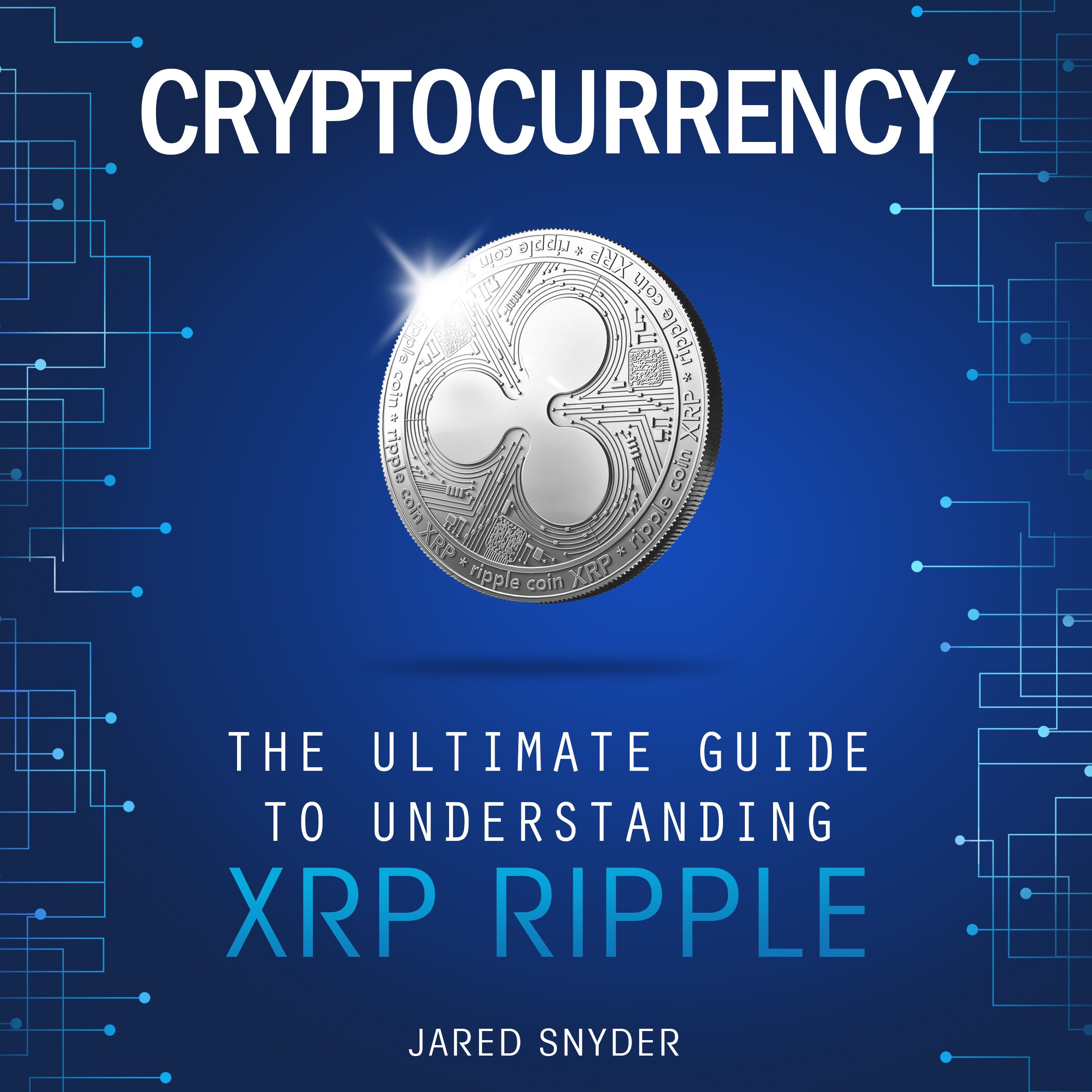XRP Cryptocurrency: A Beginner's Guide

Table of Contents
Understanding XRP and Ripple
What is XRP?
XRP is a cryptocurrency and the native digital asset of the Ripple network. Unlike Bitcoin, which is mined, XRP's total supply was pre-mined. This means there's a fixed amount of XRP in circulation, potentially influencing its long-term value. It's designed for fast and low-cost international payments, facilitating cross-border transactions between financial institutions.
- Native cryptocurrency of the Ripple network: XRP is intrinsically linked to the Ripple ecosystem.
- Not mined like Bitcoin: Its pre-mined nature distinguishes it from many other cryptocurrencies.
- Used for fast and low-cost international payments: This is a core function and a key differentiator.
- Facilitates cross-border transactions: XRP streamlines transactions between different countries.
How Does Ripple Work?
Ripple uses a distributed ledger technology (DLT), similar to blockchain, but with key differences. Its network, RippleNet, connects banks and financial institutions, allowing them to send and receive payments globally in a more efficient and cost-effective manner than traditional methods. Instead of relying solely on public consensus like Bitcoin, Ripple uses a network of validators to confirm transactions. This allows for faster transaction speeds and lower fees.
- Uses a distributed ledger technology (DLT): Ensuring transparency and security in transactions.
- Facilitates transactions between banks and financial institutions: Targeting a key segment of the financial market.
- Offers faster and cheaper cross-border payments compared to traditional methods: A significant advantage over SWIFT and other legacy systems.
- Scalability and Efficiency: RippleNet is designed for high transaction volume and speed.
XRP vs. Bitcoin and Ethereum
XRP differs significantly from Bitcoin and Ethereum in its design and intended use. Bitcoin is primarily a store of value and a medium of exchange, focusing on decentralization. Ethereum, on the other hand, supports smart contracts and decentralized applications (dApps). XRP, in contrast, is primarily focused on enabling fast and efficient cross-border payments for financial institutions.
- Functionality: Bitcoin focuses on decentralization and store of value, Ethereum on smart contracts, and XRP on payment facilitation.
- Transaction Speed: XRP boasts significantly faster transaction speeds compared to Bitcoin and Ethereum.
- Intended Use Cases: XRP targets institutional payments, while Bitcoin and Ethereum have broader applications.
Investing in XRP: Risks and Rewards
Potential Benefits of XRP
Investing in XRP offers several potential upsides, but it's crucial to understand the risks involved.
- Potential for price appreciation: The value of XRP, like any cryptocurrency, is subject to market fluctuations, and its price could increase significantly.
- Role in facilitating faster and cheaper international payments: Increased adoption could lead to higher demand and potentially increased value.
- Adoption by financial institutions: Growing adoption by banks and payment providers can boost its price.
Risks Associated with XRP Investment
Investing in XRP involves considerable risk. It's crucial to conduct thorough due diligence before committing any funds.
- Volatility of the cryptocurrency market: The price of XRP can fluctuate dramatically in short periods.
- Regulatory uncertainty: The regulatory landscape for cryptocurrencies is constantly evolving, and this uncertainty poses a risk.
- Dependence on Ripple's success: XRP's value is heavily tied to the success and adoption of the Ripple network.
- Potential for scams: Always be wary of investment scams promising unrealistic returns.
Where to Buy and Store XRP
You can purchase XRP from reputable cryptocurrency exchanges. Choosing a secure and regulated exchange is vital. Safe storage is equally important.
- Cryptocurrency exchanges: Coinbase, Binance, Kraken (always check for legitimacy and security).
- Wallets: Hardware wallets (Ledger, Trezor) offer the highest level of security, while software wallets provide convenience.
- Security best practices: Enable two-factor authentication (2FA) and use strong passwords.
Conclusion
This beginner's guide provided a foundational understanding of XRP cryptocurrency, its relationship with the Ripple network, and the potential benefits and risks associated with its investment. We've explored its unique characteristics, compared it to other cryptocurrencies, and outlined considerations for safe and informed investment. Remember that the cryptocurrency market is inherently volatile, and investments should be made with caution.
Call to Action: Ready to explore the world of XRP cryptocurrency further? Research reputable sources, understand the risks, and invest wisely. Remember to always conduct thorough due diligence before investing in any cryptocurrency, including XRP. Learn more about XRP and its potential by exploring additional resources and staying informed about the latest developments in the cryptocurrency market.

Featured Posts
-
 Rugby Six Nations France Claims Title Englands Win Over Wales Scotland And Ireland Falter
May 01, 2025
Rugby Six Nations France Claims Title Englands Win Over Wales Scotland And Ireland Falter
May 01, 2025 -
 Geweldsincident Van Mesdagkliniek Groningen Malek F Verdacht Van Steekpartij
May 01, 2025
Geweldsincident Van Mesdagkliniek Groningen Malek F Verdacht Van Steekpartij
May 01, 2025 -
 Juridische Strijd Kampen Dagvaardt Enexis Wegens Stroomnetaansluiting
May 01, 2025
Juridische Strijd Kampen Dagvaardt Enexis Wegens Stroomnetaansluiting
May 01, 2025 -
 000 Zonder Stroom Grote Stroomstoring Ramt Breda
May 01, 2025
000 Zonder Stroom Grote Stroomstoring Ramt Breda
May 01, 2025 -
 On N Est Pas Stresse 8000 Km A Velo A Travers Le Bocage Ornais
May 01, 2025
On N Est Pas Stresse 8000 Km A Velo A Travers Le Bocage Ornais
May 01, 2025
Latest Posts
-
 Dallas Cast Mourns Another 80s Soap Icon Passes Away
May 01, 2025
Dallas Cast Mourns Another 80s Soap Icon Passes Away
May 01, 2025 -
 Stage And Screen Icon Priscilla Pointer Passes Away
May 01, 2025
Stage And Screen Icon Priscilla Pointer Passes Away
May 01, 2025 -
 80s Soap Opera Tragedy A Dallas Star Dies
May 01, 2025
80s Soap Opera Tragedy A Dallas Star Dies
May 01, 2025 -
 Remembering Priscilla Pointer A Century Of Stage And Screen Excellence
May 01, 2025
Remembering Priscilla Pointer A Century Of Stage And Screen Excellence
May 01, 2025 -
 Tvs Dallas The Death Of Another Beloved 80s Star
May 01, 2025
Tvs Dallas The Death Of Another Beloved 80s Star
May 01, 2025
